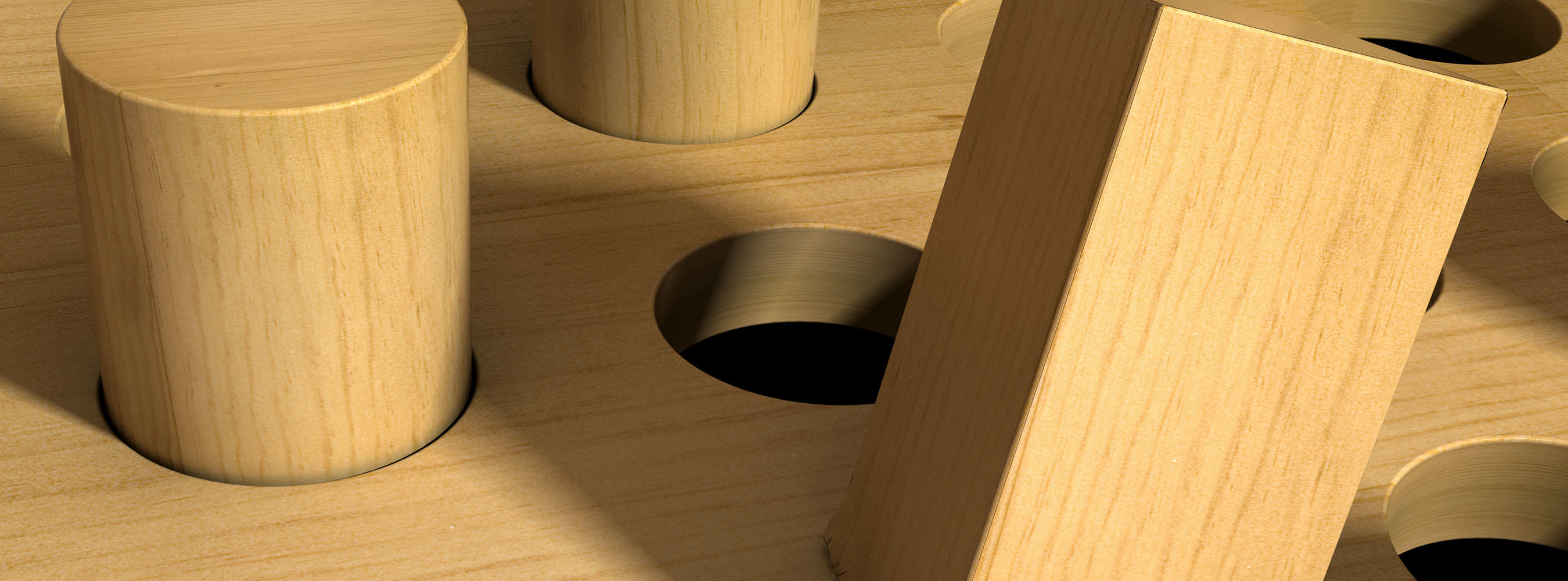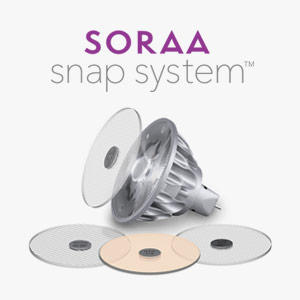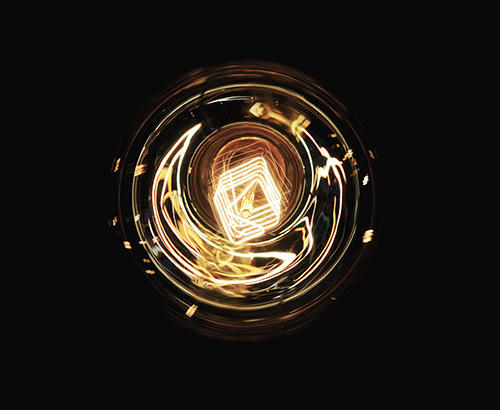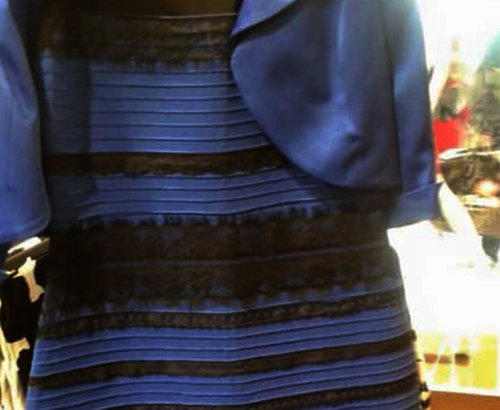Top Ten Challenges For Solid-State Lighting: #2 – Product Formats
December 2015 - by Aurelien David, SORAA's Chief Scientist
I like this
We have heard it for a while now – “with the advent of LEDs, retrofit lamps are on their way out, and the future belongs to dedicated products such as integrated fixtures”. Today I’d like to take another look at this prediction.
The main downside of retrofit products is that they force manufacturers to operate in a sandbox. The form factor of the lamp is restricted, and usually leaves little room for heatsinking – which was of course unimportant for incandescent sources, but is instrumental for LEDs. The driver electronics have to be embarked in the lamps – thus they must be small enough to fit in, and robust enough to sustain the heat generated by the LEDs. Thermals remain a limitation today, especially in small form-factor products – although ongoing progress in efficiency is helping, as discussed here.
Dedicated fixtures remove these limitations. The heatsink can be as large as needed to enable higher efficiency and reliability. Electronics can be thermally separated from the light source, which allows for better components and smoother electrical driving. Manufacturers are free to imagine products with a differentiated design. What’s not to like?
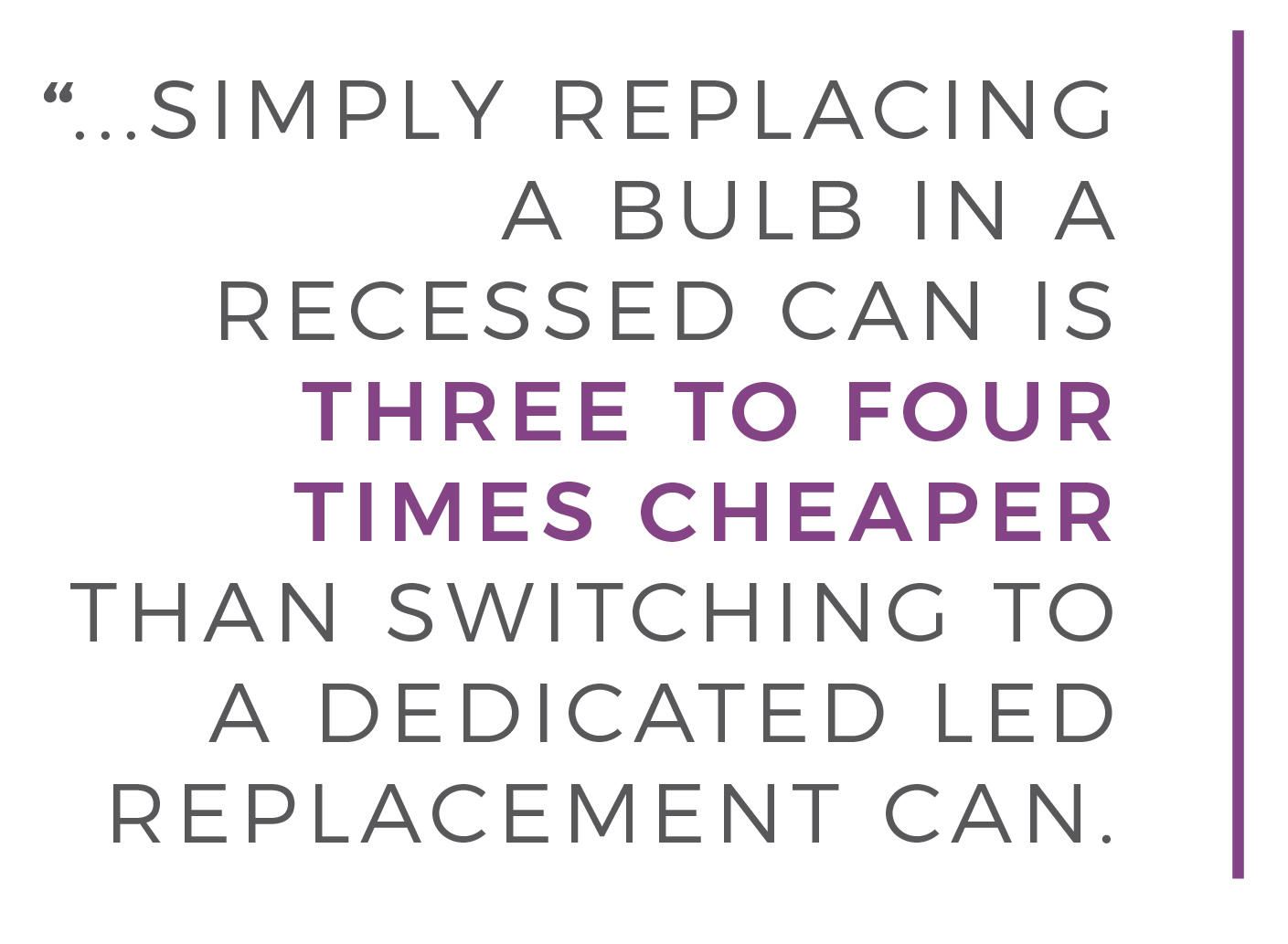 The first answer is cost! Today, simply replacing a bulb in a recessed can is three to four times cheaper than switching to a dedicated LED replacement can. Sure, the latter may be slightly better, especially when it comes to dimming and driver choice. Yet the price difference is sometimes hard to swallow – besides, retrofit lamps have made much progress and, arguably, have more than evened the game when it comes to quality of light. Beyond this, and ironically enough, the immense freedom allowed by dedicated products may also be their biggest weakness. An integrated LED fixture may be exciting as a new acquisition, but the story can change a few years down the road. When a component burns down, the fixture has to be gutted to replace it; and how many manufacturers really support four-year old products by providing parts?
The first answer is cost! Today, simply replacing a bulb in a recessed can is three to four times cheaper than switching to a dedicated LED replacement can. Sure, the latter may be slightly better, especially when it comes to dimming and driver choice. Yet the price difference is sometimes hard to swallow – besides, retrofit lamps have made much progress and, arguably, have more than evened the game when it comes to quality of light. Beyond this, and ironically enough, the immense freedom allowed by dedicated products may also be their biggest weakness. An integrated LED fixture may be exciting as a new acquisition, but the story can change a few years down the road. When a component burns down, the fixture has to be gutted to replace it; and how many manufacturers really support four-year old products by providing parts?
No doubt, integrated fixtures make a lot of sense in some applications – especially in the professional market, where some very compelling products exist. For domestic users though, things are not as clear. I got a personal reminder of this a couple weeks ago, while attending a hearing of the California Energy Commission on LED regulations. Among the many industry representatives, a lone person had shown up to make comments as a simple –and frustrated– consumer. Her story ticked some of the boxes I just mentioned: she had bought a fancy (read: expensive!) fixture for her kitchen which, after a couple years, was already obsoleted and impossible to repair due to its proprietary connectors… Anecdotal as it is, this example probably underlies a growing reality.
In contrast, retrofit lamps are trivial to replace. This matters, and not only when a product fails. LED technology is evolving rapidly and will increasingly offer exciting features to consumers. This includes color-changing products (for instance, those that replicate the “warm dimming” of filament lamps) and a host of other “smart” functions we are only beginning to imagine – all controlled by wireless interfaces. We can expect a lot of progress, both in functionalities and in communication protocols. Thus, there will be incentives for consumers to upgrade products on a fairly frequent basis in the coming decade – a situation retrofit products are much more amenable to!
In conclusion, it seems like retrofit and dedicated products will continue to coexist for a long time to come. What are the implications for manufacturers? A first challenge is in maintaining a unified technological platform which is relevant to both formats: able to accommodate the limitations of retrofits, while also really benefiting from the freedom of custom products. Add to this the complexity of developing two separate –and sometimes competing– classes of products, and the formats conundrum is likely to keep us busy for a while!
